Lipoma surgery on the arm: duration and recovery
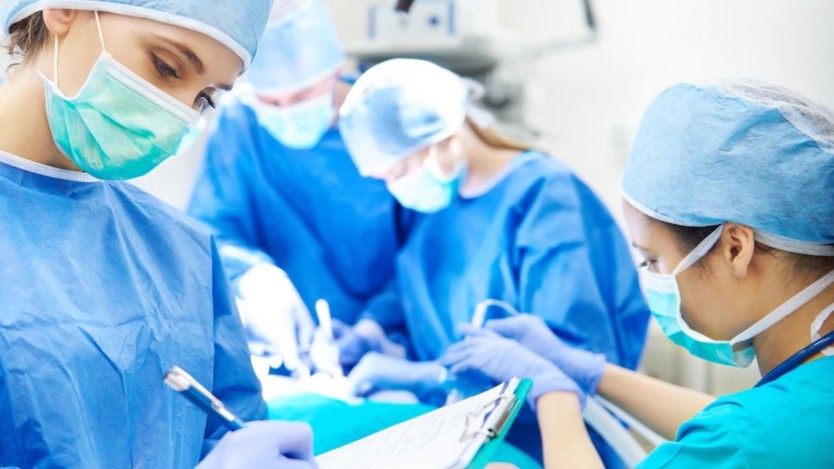
- What are lipomas?
- Lipomas on the arm
- Causes of lipomas on the arm
- Symptoms of lipomas on the arm
- Diagnosis of lipomas on the arm
- Treatment for a lipoma on the arm
- Recovery after lipoma removal surgery
- Lipomas commonly appear on the shoulders, back and neck. They can also be located on the arm, although less frequently.
- The appearance of lipomas in the arm can cause compression of the nerves in the arm causing a loss of strength in the hands and fingers.
- The definitive treatment to remove a lipoma on the arm and avoid future complications is surgical removal.
What are lipomas?
Lipomas are a type of non-cancerous (benign) lump made up of fat-like cells from adipose tissue. Lipomas are soft and rounded to the touch and are subcutaneous, i.e. they occur under the skin. Sometimes they can also be located in deeper areas and even reach the bone.

Do you need lipoma removal surgery?
Request a free and immediate appointment with our specialists in general surgery
Lipomas can appear on different parts of the body, with the most common ones appearing on the shoulders, back and neck. However, they can sometimes appear on other parts of the body, such as the arms or forearms.
Statistically, adults, both men and women, between 40 and 60 years of age are most prone to lipomas, although they can also appear in young adults and children.
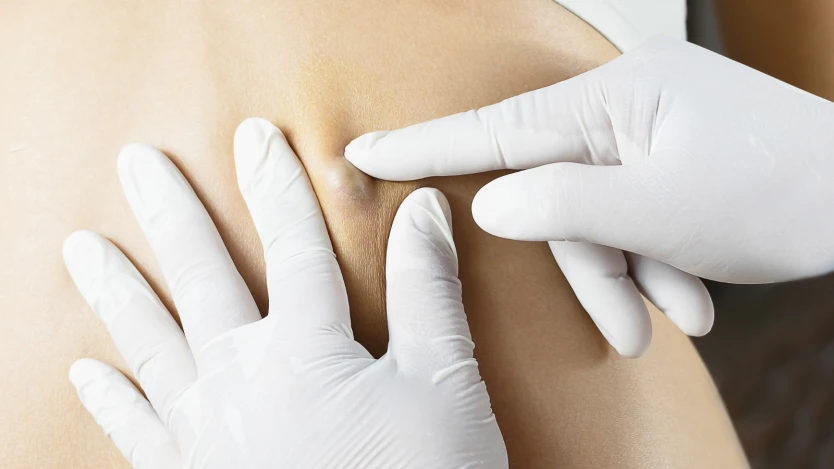
Lipomas on the arm
As we have already mentioned, the appearance of lipomas on the arm or forearm is uncommon, although it is possible.
In these cases, lipomas on the arm can compress a nerve, causing a loss of strength or mobility in the hand or fingers.
The most recommended treatment for this type of lipoma is surgical removal, since if it is not treated correctly and its growth is progressive, in the future it could cause greater discomfort and a more accentuated loss of strength in the affected limb.
Causes of lipomas on the arm
In the same way that the exact factor involved in the appearance of any lipoma is not known, in the case of lipomas on the arm it is not known either, although it can be said that there are factors that favour the appearance of lipomas.
Among them we can mention the following:
- Family history: Genetic inheritance has been established as an important factor in triggering the appearance of lipomas, although it is not known exactly in the case of specific lipomas. On the other hand, lipomatosis, which is the appearance of multiple lipomas on the body, including lipomas on the arm, a genetic correlation with familial inheritance has been established.
- Obesity: The patient's weight gain can lead to the appearance of lipomas on the arm (remember that lipomas are made up of fatty tissue), although not all people with obesity suffer from lipomas and not all those who suffer from lipomas are obese.
- Gender: Women are more likely to develop lipomas on the arm and other parts of the body, as they are more likely to accumulate fat in places such as the thighs, breasts, abdomen, etc. Despite this, this does not exclude the appearance of lipomas in men.
- Blows or injuries: Blows or injuries to the arm can cause the appearance of lipomas, although this is not the most common case of occurrence.
- Medical history: When the patient suffers from liver disease or has difficulty controlling blood sugar, a lipoma is more likely to appear on the arm or any other area than in a patient who does not have these problems.
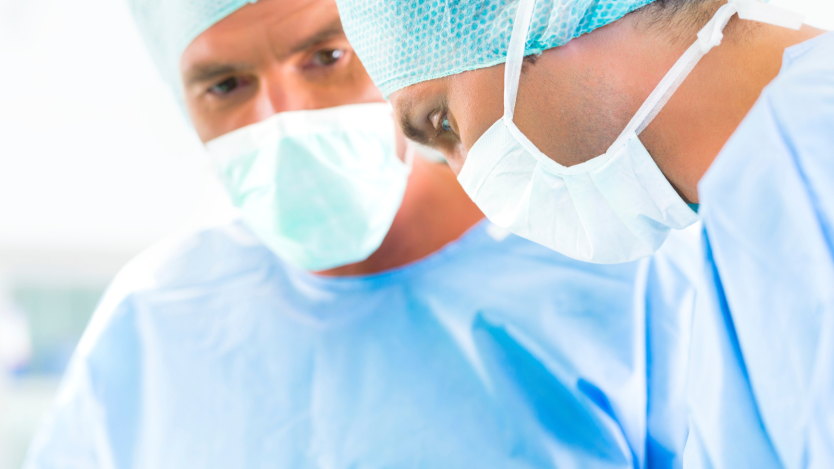
Symptoms of lipomas on the arm
Lipomas on the arm, as on the other parts of the body where they can be located, are rounded and soft to the touch, and move under the skin if pressed.
These types of lipomas, which are most common on the forearm, are almost always painless, although they can sometimes compress a nerve, causing discomfort to the patient.
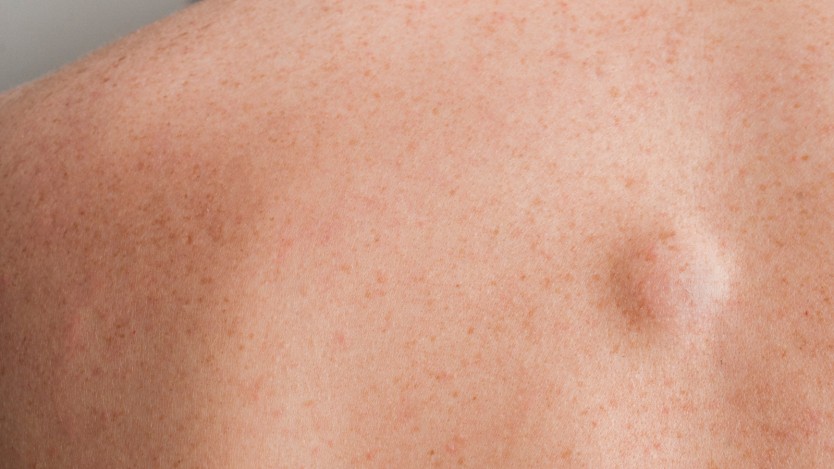
This nerve compression by the lipomas can cause the patient to have difficulty moving the arm or fingers as this can lead to a marked loss of strength. In this case, surgical removal of the lipoma is recommended to avoid major problems and to restore full function to the arm.
There are also cases where lipomas on the arm, like the others, can become infected and/or increase in size and cause reddening of the skin. In these cases, a visit to a specialist is recommended, as it may require antibiotic treatment and slightly more delicate surgery.
Diagnosis of lipomas on the arm
In order to confirm or reject whether the lipoma on the arm is a benign tumour or something more serious, it is best for the patient to visit a specialist who will make the correct diagnosis.
The most common medical tests to be performed by the specialist are the following:
- In-depth patient interview to find out whether the appearance of the lipoma is due to genetic factors or not.
- Physical examination of the patient, i.e. palpation of the area to see if the lipoma is in superficial areas of the skin or in deeper areas and to find out whether or not it is pressing on any nerves.
- Imaging tests, such as ultrasound or magnetic resonance imaging. This test is mainly performed when the lipoma on the arm is of considerable size.
- Biopsy, in which a sample of tissue is removed from the lipoma and sent to a laboratory for analysis. It is not very common.

Do you need lipoma removal surgery?
Request a free and immediate appointment with our specialists in general surgery
Treatment for a lipoma on the arm
When the lipoma grows in size, the patient experiences pain in the lipoma or has difficulty moving the arm or fingers due to pressure on a nerve, it must be treated surgically to prevent further problems.
The ways to treat lipomas are as follows:
- Liposuction: By introducing a liposuctor, the specialist suctions out the adipose tissue containing the lipoma. This technique does not ensure complete removal of the lipoma, as it can reappear.
- Surgical removal: As well as being the most recommended technique, it is also the most demanded by patients, as it is the only way to completely remove the lipoma from the arm.
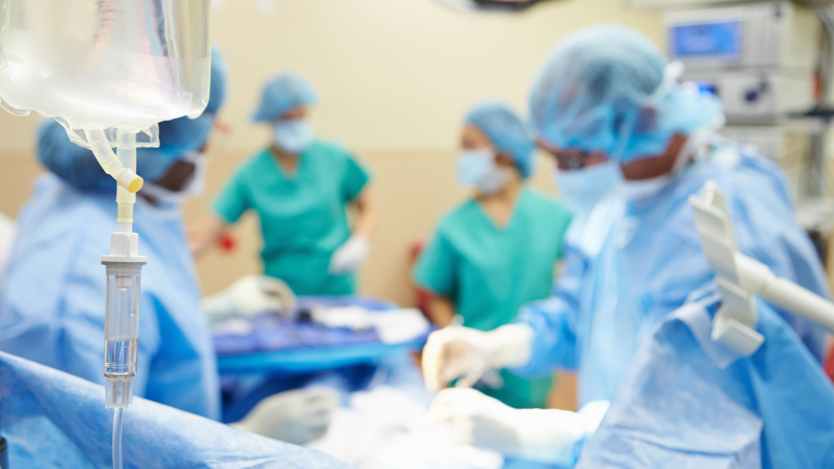
Surgery for lipomas on the arm
Surgery is the definitive treatment to ensure the complete disappearance of the lipoma.
The specialist performs the surgery as follows:
- First, the patient is injected with local anaesthesia around the lipoma, in this case the arm. If the lipoma is located in an area that is difficult to reach with a simple skin incision, surgery under general anaesthesia may be necessary, although this is rare and will be based on the surgeon's judgement.
- After the patient is anaesthetised, the specialist makes an incision in the skin and removes the proliferation of cellular tissue. This is a fairly straightforward process in the hands of specialists.
- Finally, the incision is closed with stitches.
Length of surgery to remove a lipoma on the arm
The removal of a lipoma on the arm generally lasts the same length of time as the removal of a lipoma on any other part of the body.
The duration will always depend on the severity of each case or the number of lipomas to be removed, although it is normally a simple and short operation (between 30 and 60 minutes approximately).
Recovery after lipoma removal surgery
Recovery after surgery to remove a lipoma on the arm is fairly quick.
After the operation, the patient should see a specialist to remove the stitches eight to ten days after the operation.
After surgery, it is advisable to avoid sudden movements of the arm or sports that could cause the stitches to open.
Scar care by the patient at home, however, is somewhat more time-consuming. It is important to take care of them so that they are as inconspicuous as possible.
The specialist will recommend the patient to use some healing cream and rosehip oil, as well as avoiding sunlight on the scar so that no marks are left.

Do you need lipoma removal surgery?
Request a free and immediate appointment with our specialists in general surgery
Medical disclaimer: All the published content in Operarme is intended to disseminate reliable medical information to the general public, and is reviewed by healthcare professionals. In any case should this information be used to perform a diagnosis, indicate a treatment, or replace the medical assessment of a professional in a face to face consultation. Find more information in the links below:
